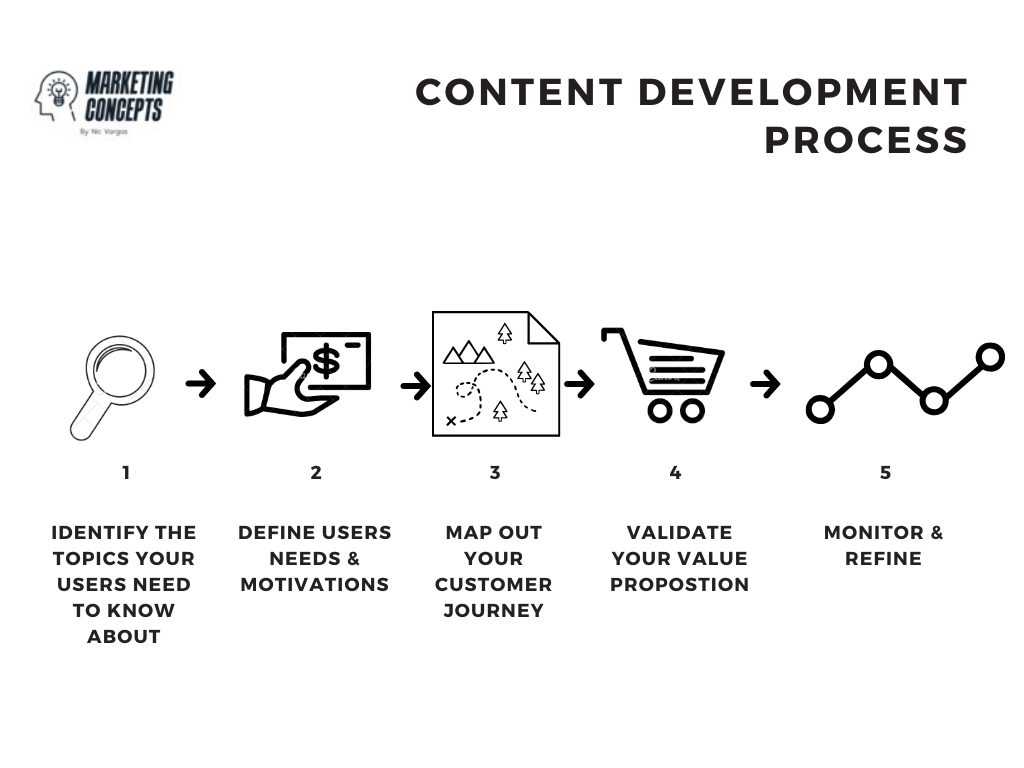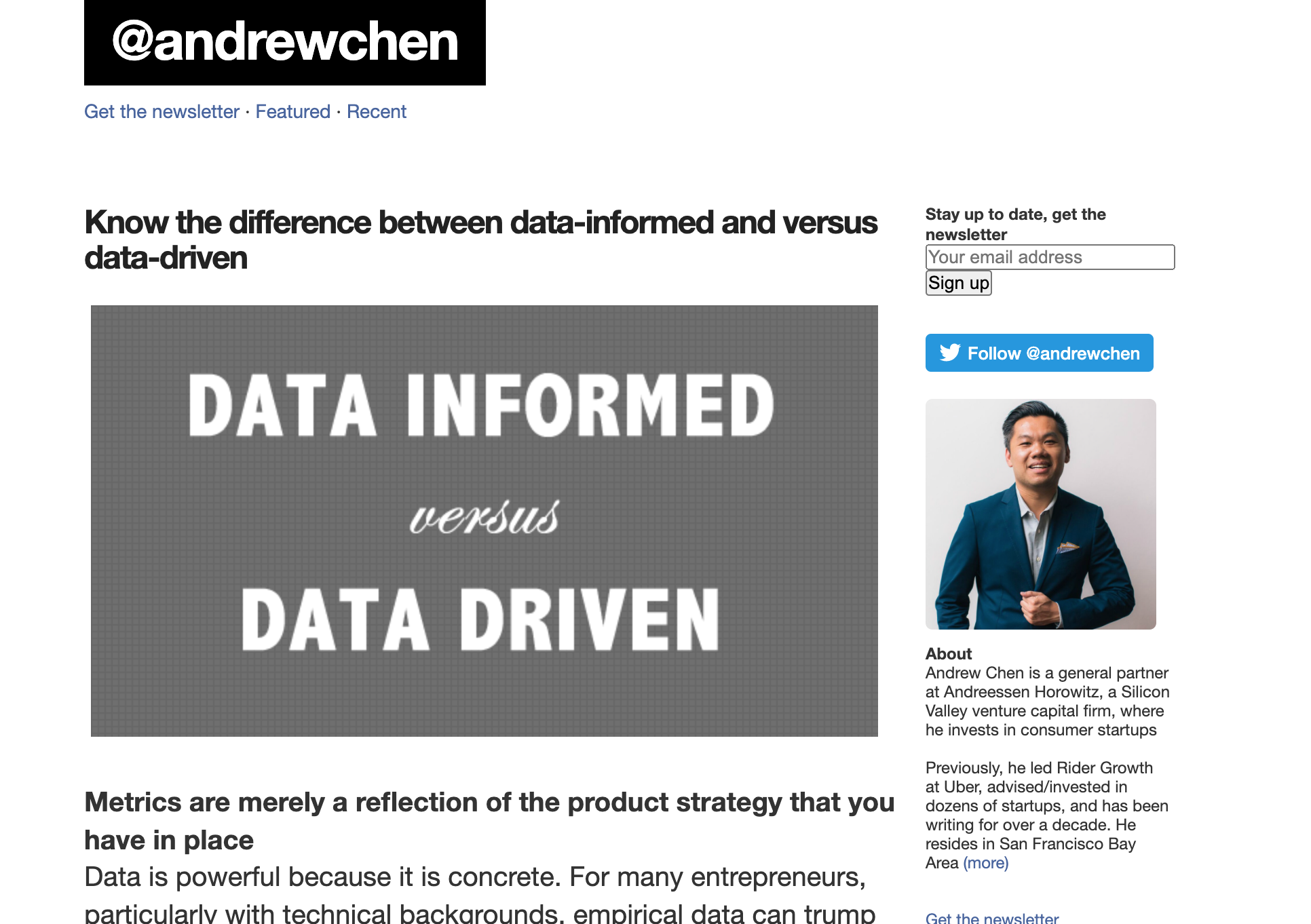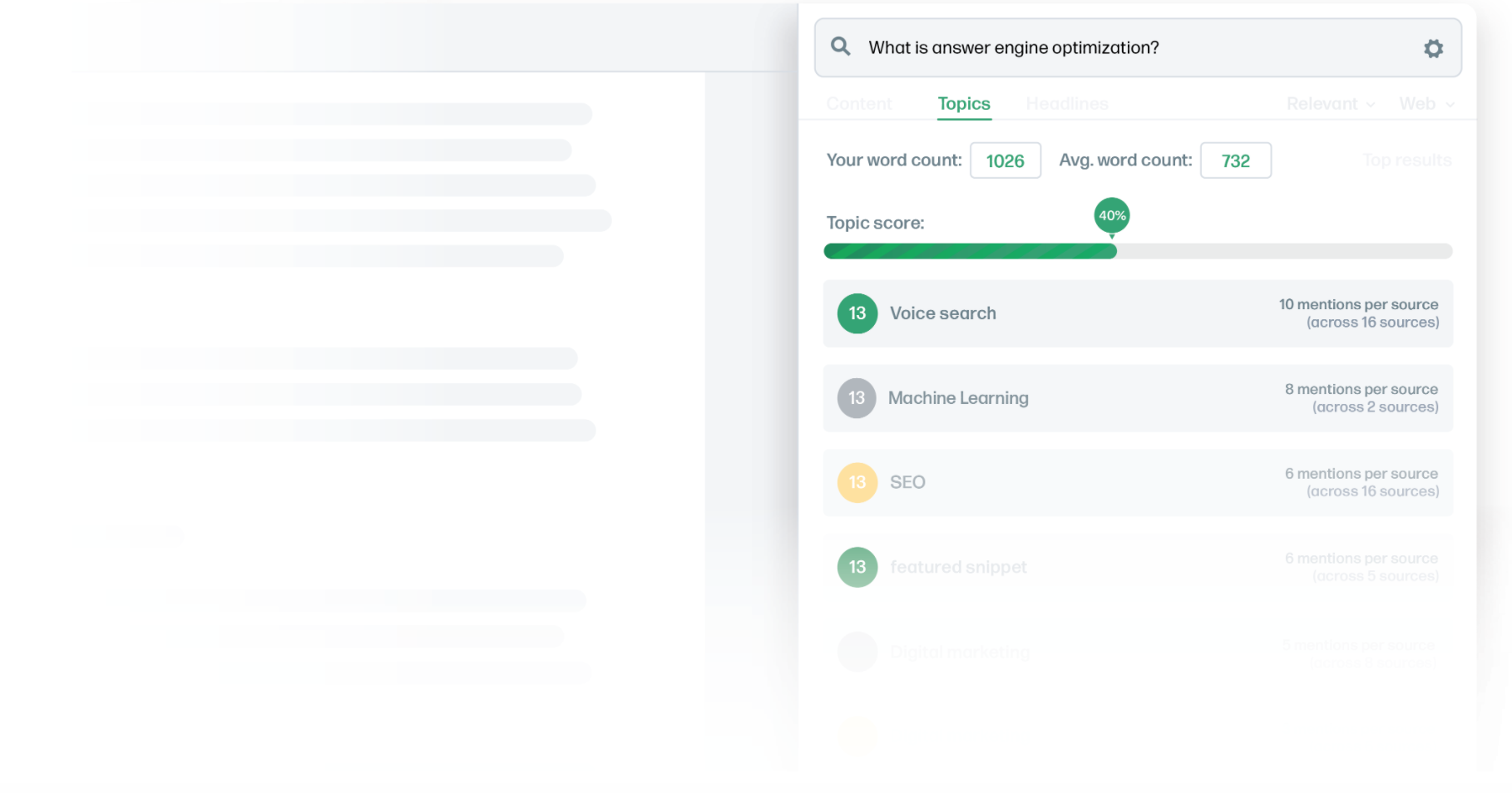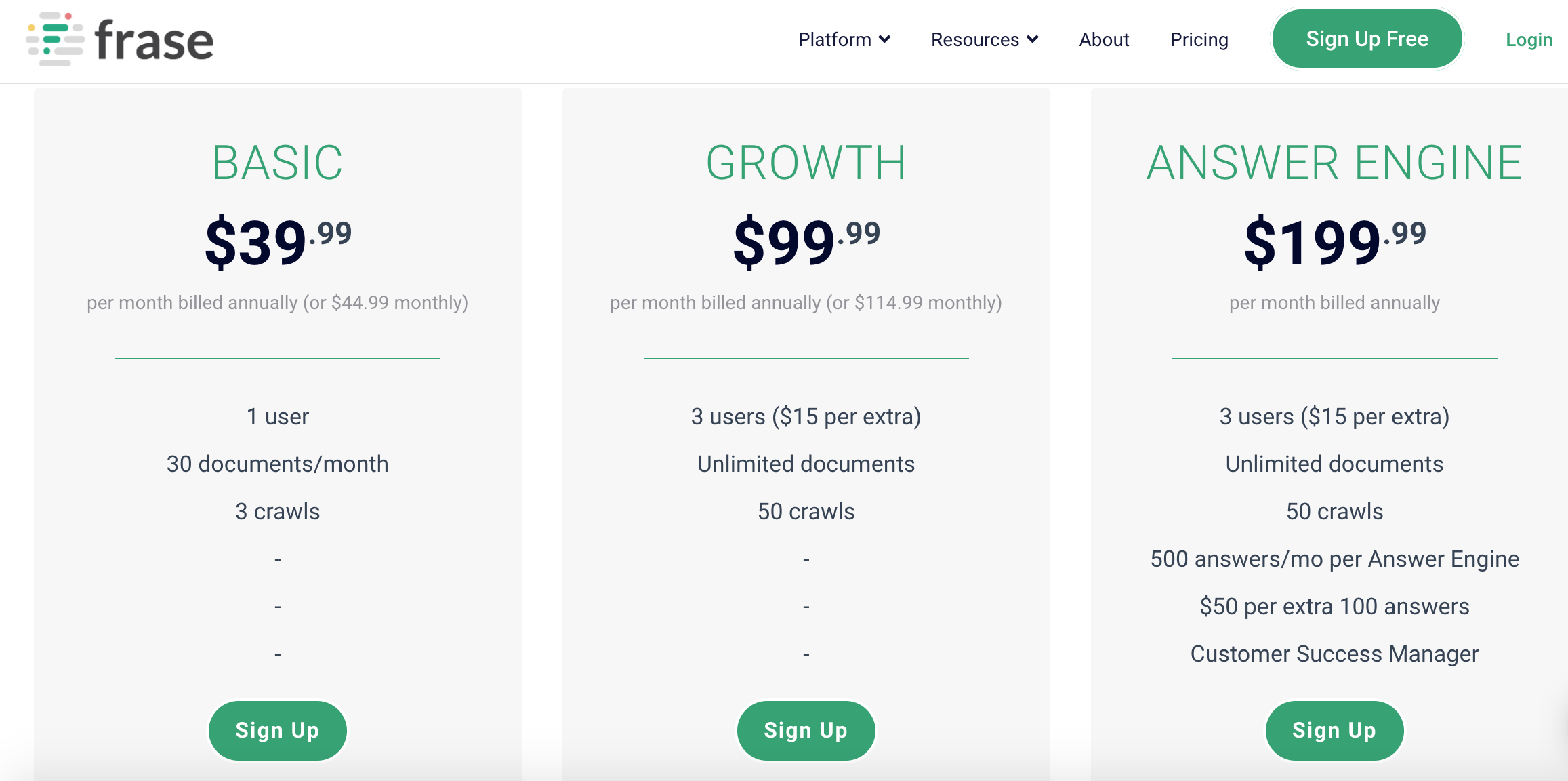Episode VI - Content As A Product
Effective Content marketing campaigns must be seen as a product and not as something used once. Your content should be packaged & designed using a product development framework that is alive, improving on an ongoing basis and focused on users needs and directives.
Treating your content as a product is crucial in world where everyone is consuming lost of content. According to Adobe Consumer Content Survey Consumers 8.8 hours a day, on average, engaging with digital content. Without an appealing package and a relevant design your content won’t be consumed by your ideal audience
In this episode of Marketing Concepts, I’ll take you through the process I use design, package and develop content using a product development framework.
Marketing Concept of the Week: Content As A Product
“Content As A Product” is a framework that treat content like a product developing a comprehensive process that designs, packages, tests and develops content the same way a product manager develops multiple product
This process understands that content marketing is a continuos process that never ends and evolves over time . Under this each distribution channel is treated as a separate product that needs to develop and validate its own value proposition
Content Development Process
Here’s the 5 steps process, I use to mitigate the effects of content decay
Identify Topics Your Users Need To Know About
Define Needs & Motivations
Map out Your Customer Journey
Validate Your Value Proposition
Monitor & Refine
Remarkable Marketer of the Week: Andrew Chen
Andrew Chen is an investor and marketer with extensive experience in growth marketing for startups & tech companies. He has worked for companies like Uber, Hipcamp, Envoy, SandboxVR, Snackpass, Singularity, Virtual Kitchen Co., and Substack.
Currently he is a General Partner at Andreessen Horowitz and his website is one of the most influential sites within the growth marketing industry.
Let's dig deeper into Andre’s most remarkable marketing ideas
Remarkable Ideas
There’s only a few ways to scale user growth, and here’s the list
In this Essay Andrew analyzed some of the most successful mobile/web products. He identified growth patterns and classified growth channels into to different groups: Scalable & Non-Scalable
Scalable Growth Channels (High-Risk & High-Reward): These channels scale because when you are paying for paying users, which allow you to use margins to buy more users (feedback loops). They normally also have a huge amount of users or a high ceiling saturation.
Here’s A list of the Scalable Growth Channels
Paid Acquisition - For products with a short sales cycle (generating quick revenue from users) you can use ads to buy new users. Most companies try to maintain a ratio of 3:1 (CLV:CAC)
Virality Or "Word Of Mouth" at scale: Getting users to help you acquire new users through word of mouth it’s a cheap and sustainable way to scale and grow your user base.
SEO - It will attract millions of potential clients through unique and valuable content.
Sales - Inbound and Outbound sales in order to attract B2B customers - It is important to make sure you generate enough revenue to justify a sales team (Normally 100K+ MRR)
Non-Scalable Growth Channels: Channels that won’t scale overtime (Email A list of contacts or friends, PR from one particular Brand, Forums etc) You should use this channels because the normally represent low risk and they put you in direct/close contact with your users.
“In the context of these growth channels, the key is to balance a series of progressively more scalable growth projects, while keeping track of the big growth channels that will help you shoot the moon”
The Dumb Idea Paradox: Why great ideas often start out by sounding dumb.
In this Essay, Andrew explores the concept of the dumb idea paradox. A concept he defines as a dumb-sounding idea that appeals to a small group of people, wherein the group of people who are highly engaged with the idea continues to grow bigger and bigger through time.
He explains how Native users versus immigrant users want different kinds of products and uses the following example to explain this concept
If you are Instagram-native, what you consider a great idea for a new retail space or ecomm brand is likely very different than someone who isn’t exposed to the same thousands of pics
He thinks the upcoming generation are using tech in a different way so their expectations and product requirements will be very different.
Know the difference between data-informed and versus data-driven
In this Article Andrew, tries to establish the difference between a data informed and data driven professional by analyzing the importance and influence of data.
According to Andrew data is powerful tool for businesses because it is concrete and allow them to create metrics that reflect their business/product strategy and are limited to a specific audience and product.
A Data informed professional acknowledges the fact that at any point on time you can only look at a small portion of information in order to make a successful product . This means you often know how to iterate towards targeted objectives, but you don’t have enough data to understand how to get a the best outcome in the biggest market.
A Data driven professional understands that the data at his disposal is only one piece of a problem with thousands of constantly changing variables. A data driven professional knows the following about data
Data is often systematically biased.
It’s also not the right tool, to address the macro aspects of the problem (not everything is an optimization problem).Without a vision for how the industry will evolve and improve, your products are eventually disrupted.
As marketers we need to
Have a vision for what you are trying to do
Use data to validate and map down your vision into small enough pieces where you can begin to execute in a data-informed way.
Don’t let shallow analysis of data that happens to be cheap/easy/fast to collect nudge you off-course
Connect with Andrew
You can follow Andrew on the following platforms:
Marketing Tool Of The Week : Frase.io
Tool description
Frase.io is a content intelligence and answer engine that helps marketers align content generation with questions your visitors currently have. It uses AI to analyze your audience needs and provide relevant content recommendations.
Let’s have a look at Frase.io most important features
Features
Content Optimization
Frase.io helps you identify the topics that will improve your website engagement and organic traffic.
It compares your content to other best performing content and provides you a list of recommendations.
Content Briefs
Frase.io simplifies the content creation process by looking at the best 20 results from Google and atomatically generates the best content brief based on patterns.
Advanced Answer Engine
Frase.io
enables features that allow users to ask their doubts regarding your website, products, or any kind of information they want to know.
The tool also looks at forums and QA sites to identify poplar questions relevant to your audience.
Pricing
Frase.io offers three pricing plans:
Basic- $39.99/month and you will get 1 user support, 30 documents/month and 3 crawls
Growth- $99.99/month and you will get 3 user support, 30 unlimited documents, and 50 crawls
Answer Engine- $199.99/month and you will get 3 users support, unlimited documents, 50 crawls, 500 answers/month per answer engine
Audience
Entry, Mid and Senior Level Marketers looking for ways to optimize their content marketing workflow - You need to have enough budget to pay $40+ a month.
Alternatives
Here are a few alternatives to Frase.io
MarketMuse: AI supported Content Intelligence and Strategy Platform. MarkeMuse AI is a bot more robust and offers more expensive prices.
SEMrush- Content Tools offer similar functionality in terms of content research, strategy and optimization - Ai is limited compared to MarketMuse
Buzzsumo- Content Discovery & Optimization with Influencer Research capabilities.








